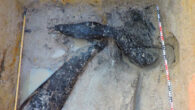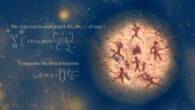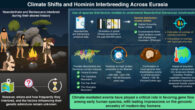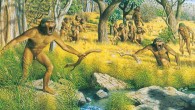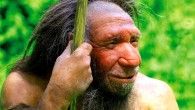Traditionally, paleoanthropologists believed that humans arrived in North America around 16,000 to 13,000 years ago. Recently, however, evidence has accumulated supporting a much earlier date. In 2021, fossilized footprints from White Sands National Park in New Mexico, the United States, were dated to between 21,000 and 23,000 years ago, providing key evidence for earlier occupation, although this finding was controversial. In a new study, Dr. Jeffery...



